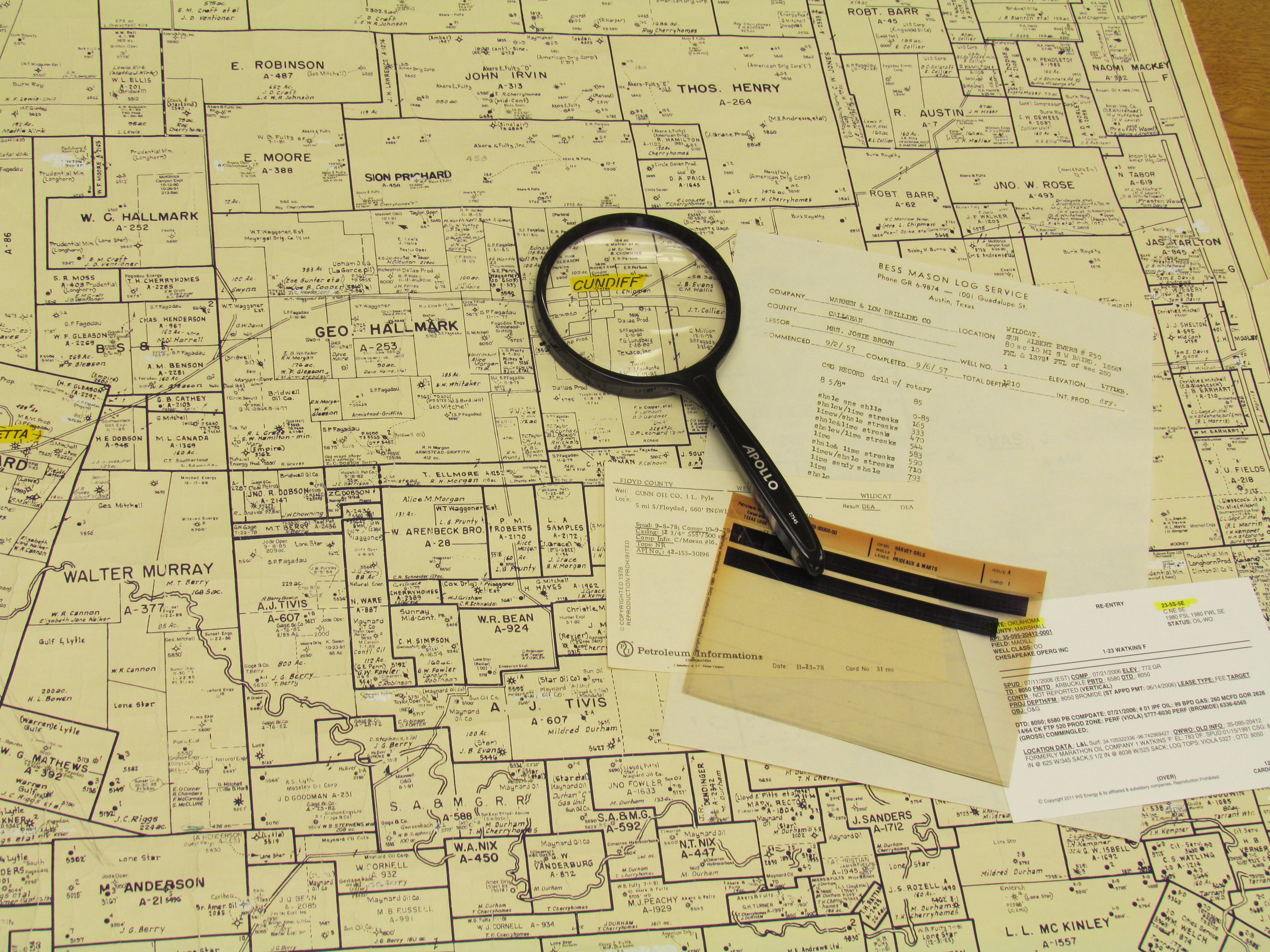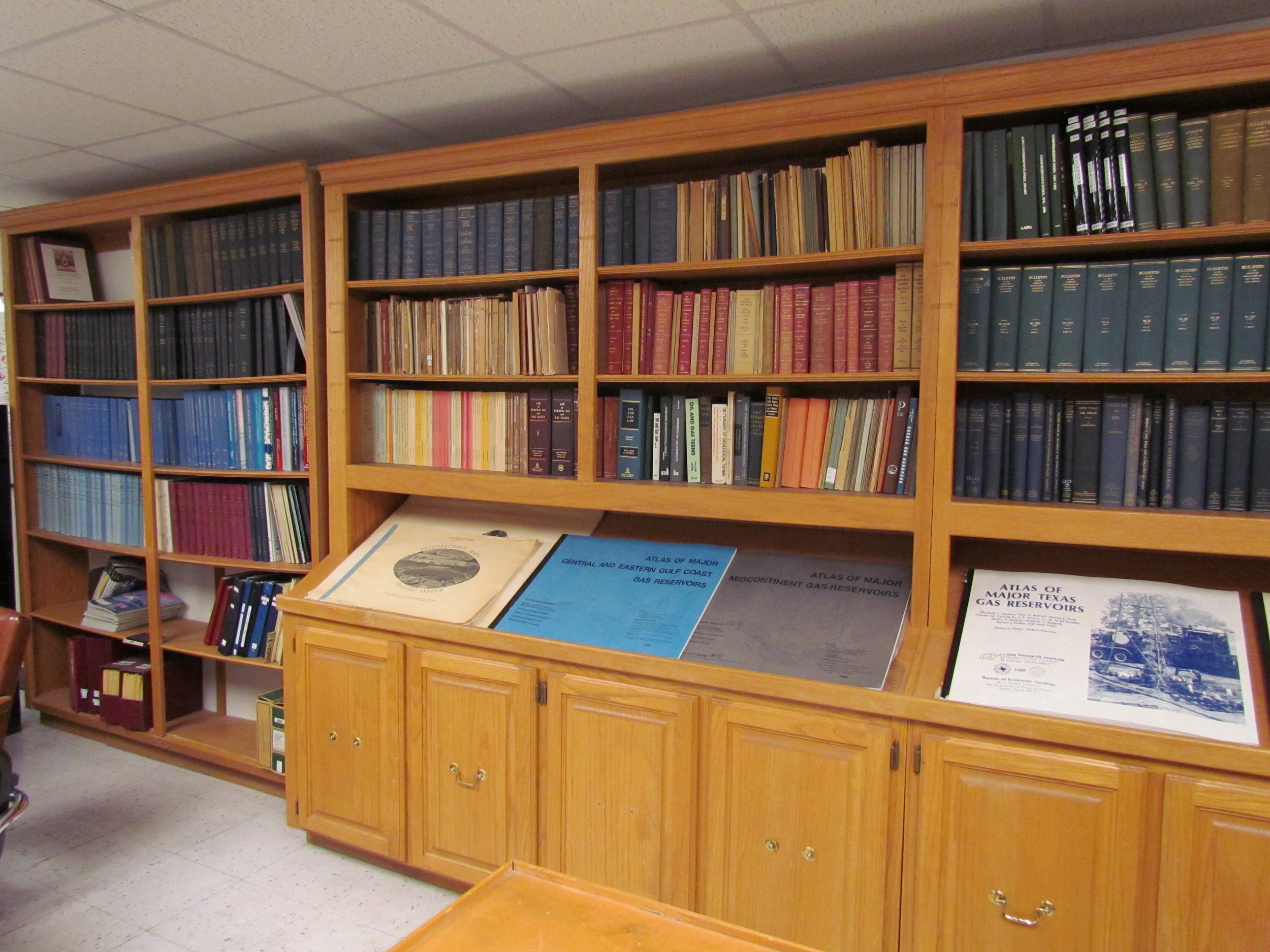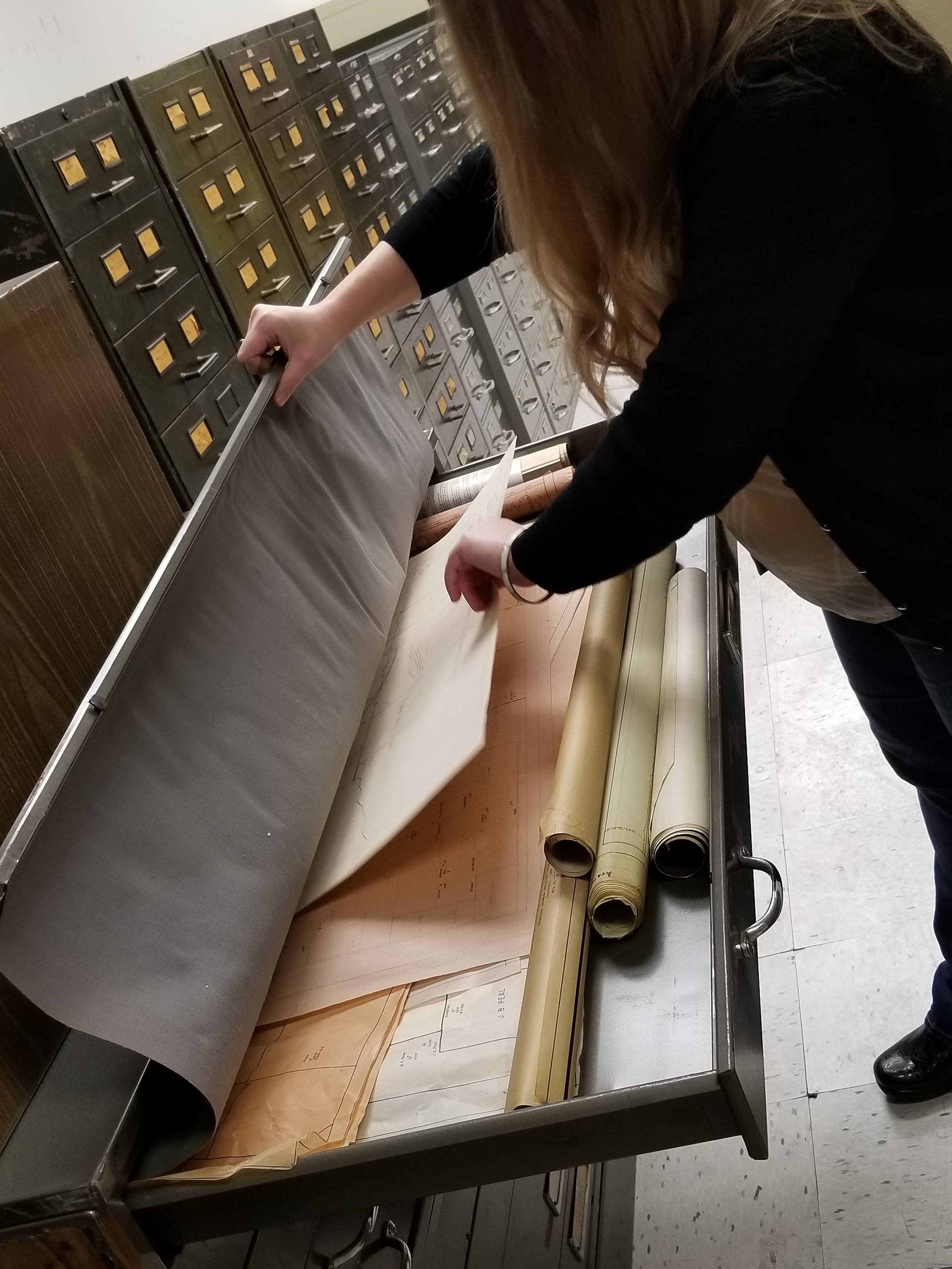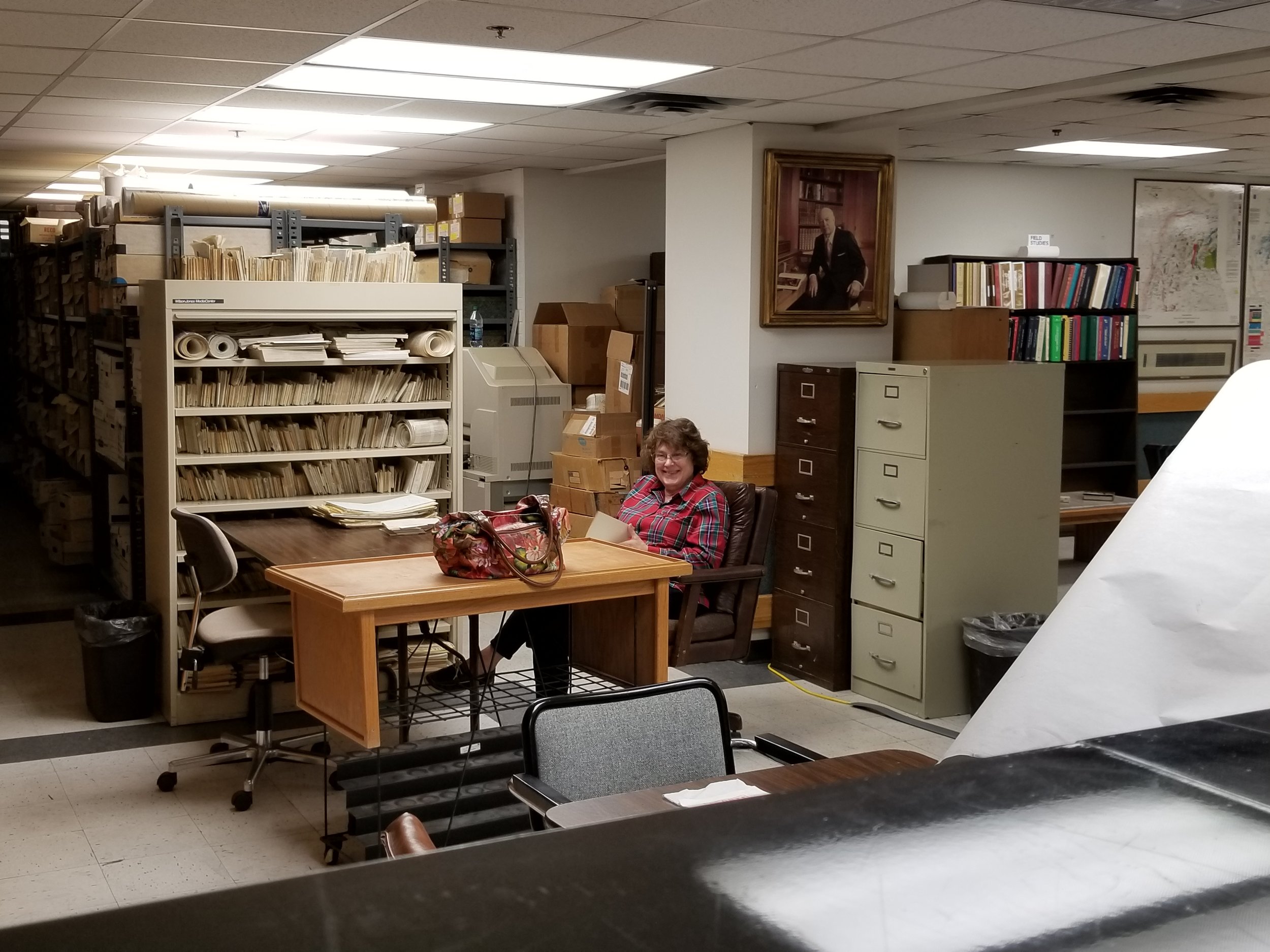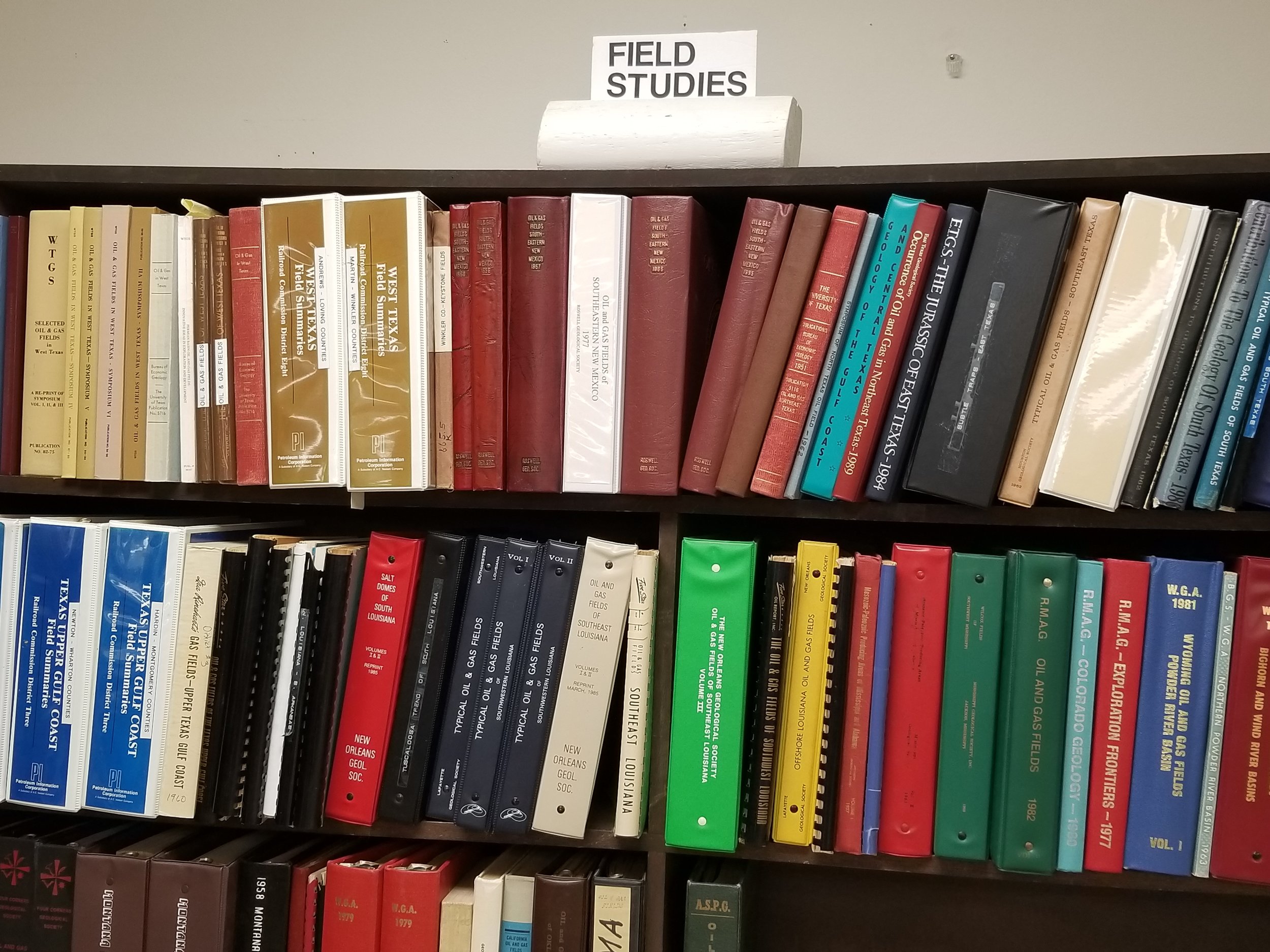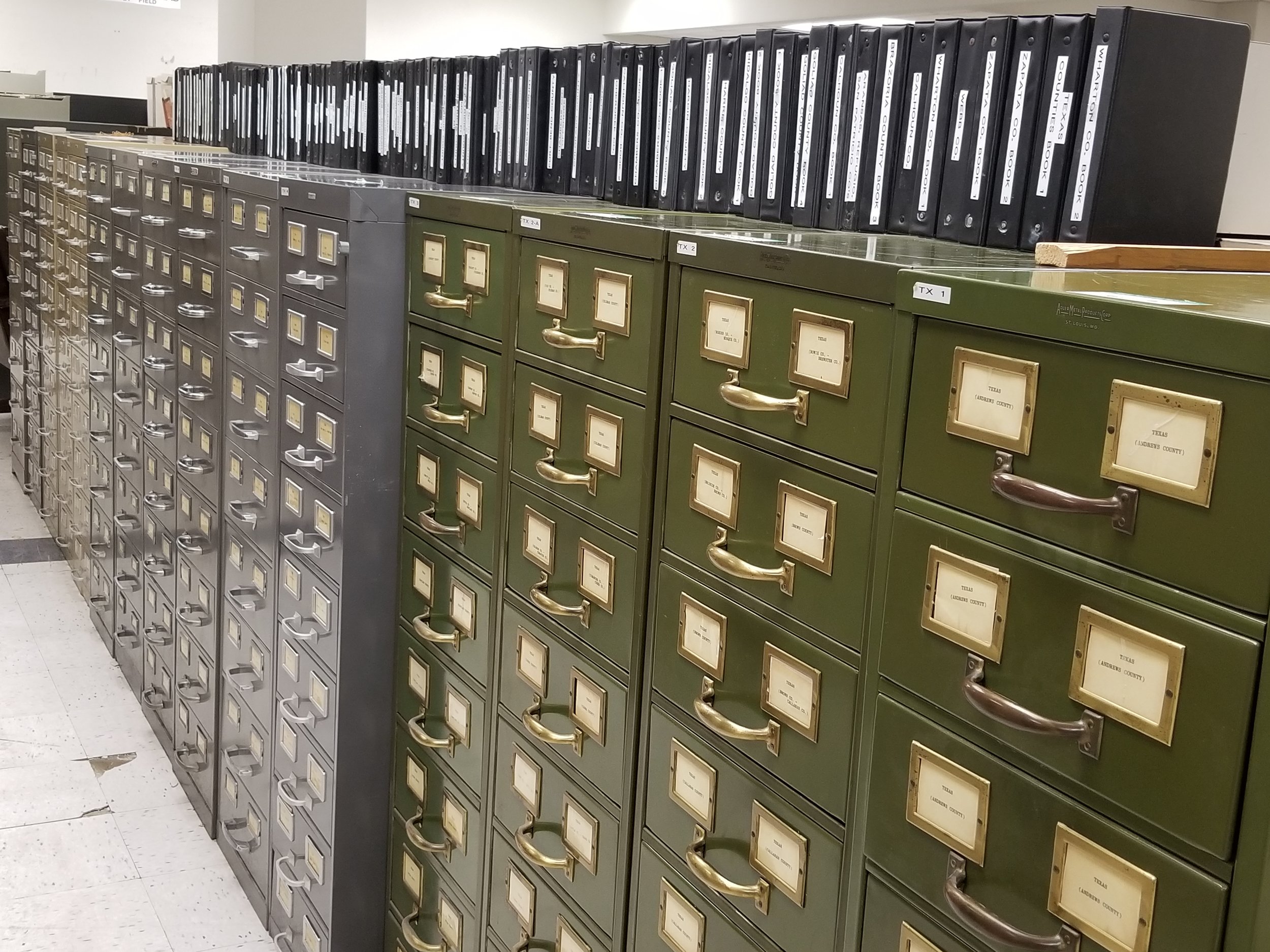Industry-led training from industry leaders.
Earlybird Registration Opens Today
CONSTRUCTION OF FRACTURED RESERVOIR MODELS FOR FLOW SIMULATION INCORPORATING GEOLOGY, GEOPHYSICS, AND GEOMECHANICS
Instructors: James R. Gilman, Christopher K. Zahm, and Reinaldo J. Michelena
Objectives
Flow models have the purpose of explaining and forecasting reservoir performance that can help plan the development and exploitation of the resource. Conventional and unconventional naturally fractured reservoirs are particularly difficult to model due to the interconnectivity of matrix and fracture properties. Unconventional reservoirs pose the additional challenge of accounting for natural fractures that can become conductive during hydraulic stimulation. This class explains the steps necessary to build fractured reservoir models using sound stratigraphic and structural frameworks, calibrated 3D seismic attributes, and geomechanical information. Models and concepts are examined in the context of how they impact fluid flow, reservoir simulation results, field production, and forecast. This 2-day course will present the workflows that have been developed along with spreadsheet-based exercises to solidify concepts. The course provides in-depth presentations and discussions of the models presented.
Course Format
The course will take place online in four consecutive 4-hour sessions on October 27th, October 29th, November 3rd, and November 5th respectively, from 10 am to 2 pm CST.
Course Outline
Session 1
Natural fractured reservoirs: overview and concepts
Impact of natural fractures on reservoir performance: overview
Tight unconventional reservoirs: mechanical stratigraphy in core, well logs, and seismic
Tight unconventional reservoirs: use and value of outcrop analogs
Tight carbonate mechanical stratigraphy interpretation
Reservoir engineering data for of naturally fractured reservoirs
Session 2
Tight unconventional reservoirs: seismic properties for fracture characterization
Discrete vs continuum natural fracture descriptions for simulation in fractured reservoirs
Tight unconventional reservoirs: geomechanics review
Effective fracture permeability·
Session 3
Tight unconventional reservoirs: modeling perm of reactivated fractures
Pressure transient response time
Conventional fractured reservoirs: overview and concepts
Conceptual integrated fault damage zone model
Value of outcrop analogs in fracture modeling
Conventional fractured reservoirs: facies, rock properties in core and well logs
Session 4
Conventional fractured reservoirs: rock properties from 3D seismic
Calibration of effective fracture permeabilities
Special considerations for flow simulation in fractured reservoirs
Putting it all together: Integration of outcrop, core, well logs, and seismic for improved reservoir models
Learning Outcomes
Highlight geologic concepts (e.g., mechanical stratigraphy, rock properties, faults, folds, etc.) that control natural fracture development in conventional and unconventional reservoirs
Demonstrate characterization methods that incorporate the use of 3D seismic data for improved mapping of mechanical facies and fracture properties (i.e., increased value of information)
Discuss workflows that combine geologic and geomechanics concepts, petrophysical properties, and seismic attributes within geological models in preparation for reservoir simulation
Quantify the combined effect of fracture properties (intensity, orientation, width) and local stresses in effective flow properties of simple fracture scenarios
Who Should Attend
This class is ideally suited for integrated teams working on characterization, modeling, and flow simulation of naturally fractured conventional and unconventional reservoirs: geologists, geophysicists, reservoir engineers, simulation engineers, and geomodelers.
Includes
Downloadable PDF course notes and spreadsheet-based exercises.
https://pttc.us9.list-manage.com/track/click?u=9f32942c978bb38b633981291&id=7e9078ddaa&e=3d4bc53cad

